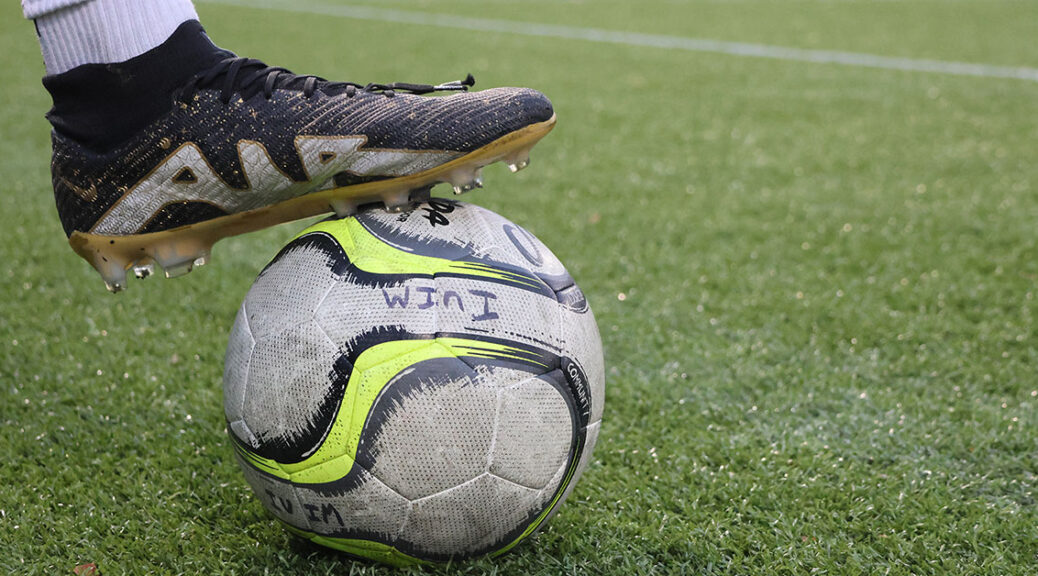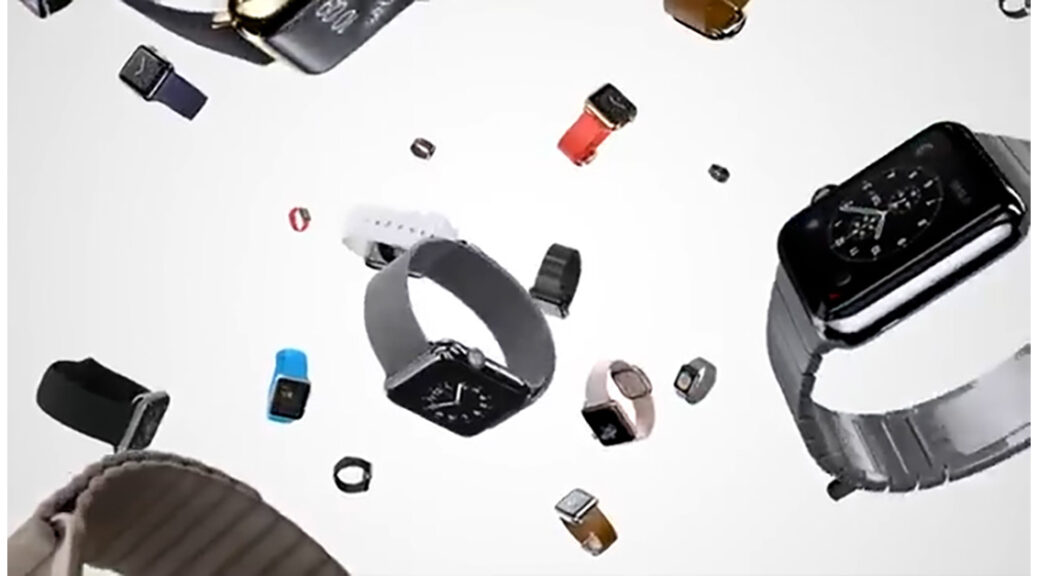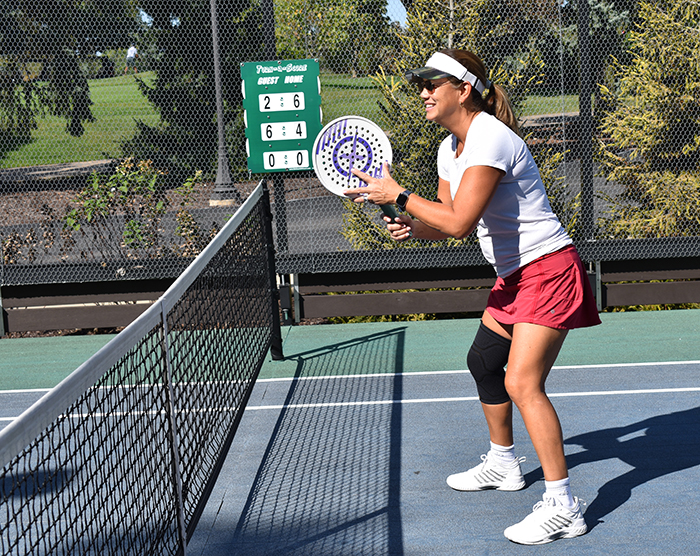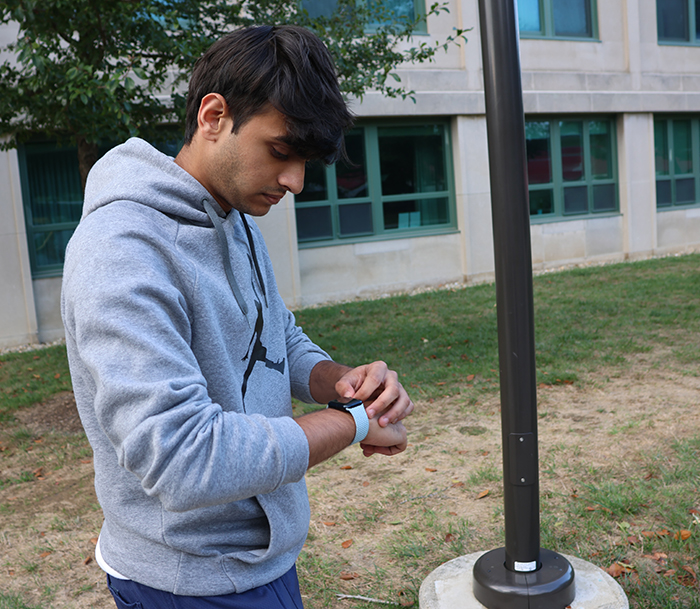NIL Deals Skew Competition Between Larger and Smaller Universities
By Alexandra Cutka, Jack Tofanelli, Quentin Gilbert and Ruby Nelson
BLOOMINGTON, Ind. (Nov. 5, 2024) – At just eight years old, Lucca Okeley was already dreaming about her future. She aspired to make her parents proud and transform her hard work into something valuable. After years of dedication, all of her time and commitment playing in local clubs and high school sports paid off when she received an athletic scholarship from Texas A&M Corpus-Christi. Now at eighteen years old and a starting freshman, she questions the future of her upcoming years.
On Oct. 20, 2024, the song Solo by Future blasts in Okeley’s ears to help her focus on the game ahead. Stress and excitement amplify in her body, but she remembers how thankful she is to have the opportunity to play Division I college soccer. With a brand new coach on the team, the girls have already made history in the 2024 season. Since changes were implemented by Coach Daniel Clitnovici, the Islanders remain undefeated in their conference, something that hasn’t been done before.
Located on an island, Texas A&M Corpus-Christi rests along the Gulf of Mexico surrounded by sprawling beaches and swaying palm trees, but it is only home to a student population around 7,000. “It’s so beautiful, but it’s really small. It feels like high school all over again. You see people you know everywhere,” said Okeley.
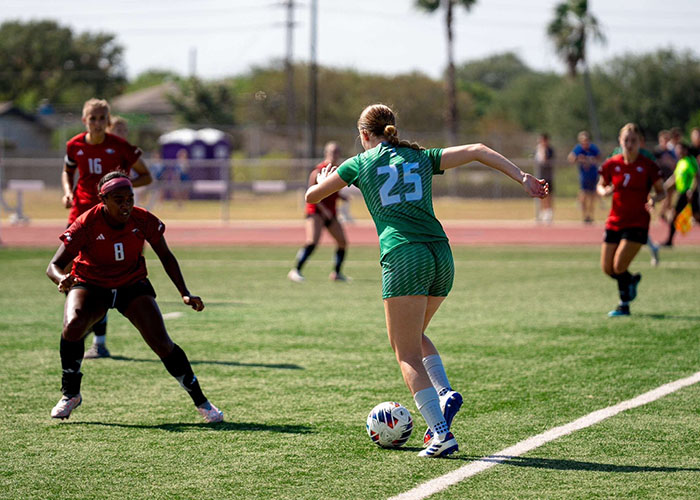
As a small university and Division I program, NIL (name, image, and likeness) deals create a struggle to compete with larger universities due to resource limitations. The 2021 Supreme Court ruling made athletes eligible for compensation to profit based on NIL, but it was not intended that they could earn money from simply being an athlete. Large programs with collectives and other monetary resources have been established as more appealing to athletes since they can get paid beyond their scholarships. Galen Clavio, who is an associate professor in the Media School at Indiana University and runs the Sports Media program, labels these actions as “pay-for-play.”
“Every major athletic department has an NIL collective that’s doing a lot of heavy lifting in terms of going out and getting donations, and then working unofficially with athletic departments to make sure money goes where it’s supposed to go,” said Clavio.
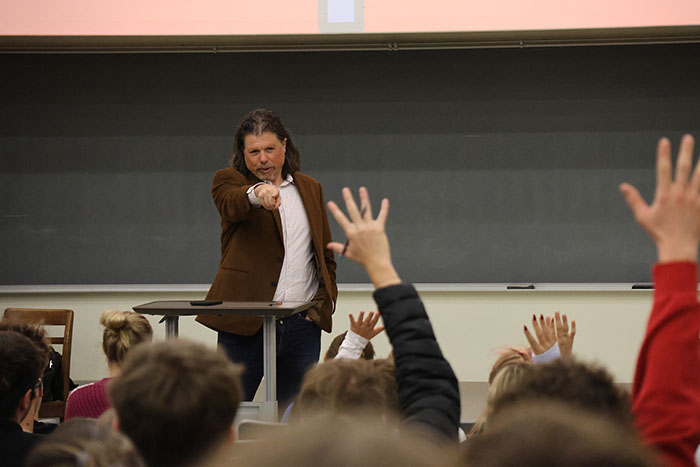
Okeley applauds athletes that attend larger programs but is concerned with the effects ahead. “Those people still worked hard for what they got, so it’s not a huge deal,” said Okeley. “But it definitely does make it harder for smaller schools. It’s definitely different and not equal.” Although the Islanders have prevailed success thus far, Okeley doesn’t quite know what the future holds for the competition and upcoming recruits.
Division I track and field athlete, Tyler Verschure, who is committed to run for Lehigh University has similar thoughts on the matter. Verschure is partnered with Honey Stinger, a brand who focuses on gluten free and organic nutrition, but he understands that these NIL opportunities do not affect the team directly. Verschure and his teammates do not receive any additional monetary incentives coming from another small university with a student population of just over 7,000.

“I played football with a guy in high school. He committed to Missouri knowing that he would never actually play there, but they would essentially pay him yearly to go there, instead of some of the other offers he had. Let’s say he went to Lehigh, he would probably be an all conference player here versus going to Missouri,” said Verschure. “It definitely hurts smaller schools that don’t have as much money because they are not able to acquire the talent that they would’ve before NIL.”
Looking on opposite sides of the competition, Donovan Hamilton, one of Purdue University’s wide receivers expresses the need for NCAA regulation to make competition reasonable and balanced. “I think in the future, college football shouldn’t stop NIL because people need to be paid, but maybe put a cap on how much they can pay players depending on the school,” said Hamilton.
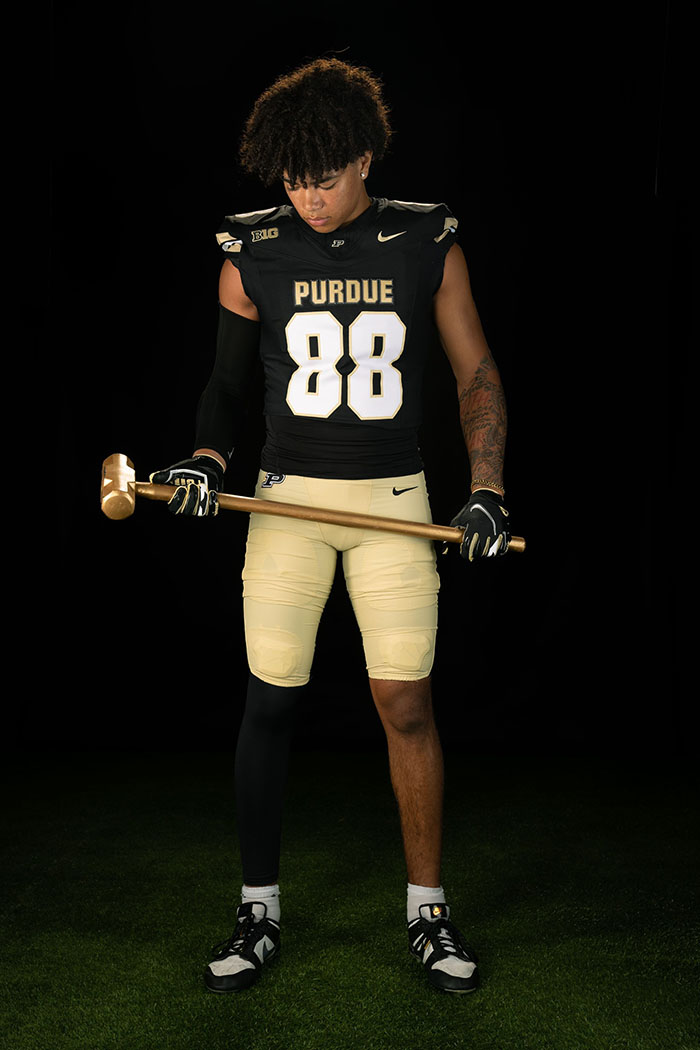
The NCAA attempts to place legal protections, but Clavio insists that this action would not survive the court. This leaves athletes wondering what will happen to them and their teams. In order to fight back, these athletes believe their programs should approach this battle in an alternative manner. Okeley considers that smaller universities would seem more appealing to incoming athletes if current players and coaches actively reached out to their prospects. In addition, Verschure shares that even though small programs cannot provide the same amount of money, they can still provide unique incentives that attract athletes.
“Here we have an athlete dining hall, and my friend who plays football at Toledo doesn’t have that, even though they have larger NIL opportunities. Things like that differ between the schools that might not be straight up cash from NIL. This gives them more perks of being an athlete, which is how some of these smaller schools may be able to compete. Also, a lot of these schools like Lehigh don’t have booster programs so starting those would also be helpful,” said Verschure.
Implementing some changes may result in a stronger future for the universities that have been affected by NIL deals. Okeley is not intimidated or discouraged, but driven to work even harder. The little girl deep down would want her to persevere. “Yeah I can see a divide happening, but it’s motivation for us smaller schools to become more successful,” said Okeley.
Bloomington residents answer questions regarding the competition between universities of different sizes. They provided significant insight on how they view the current situation.


